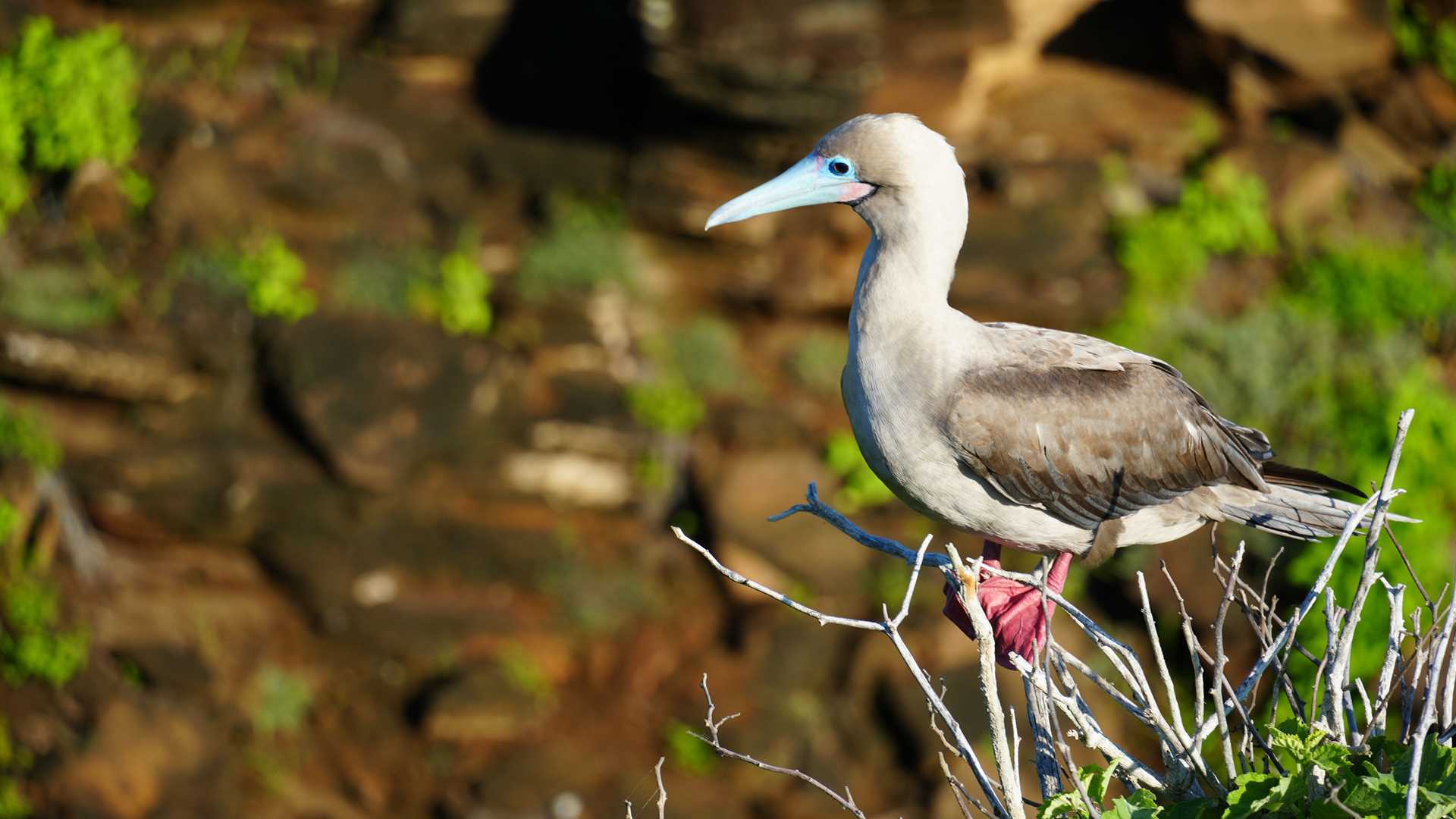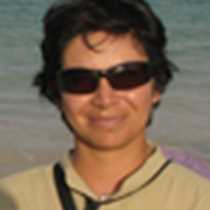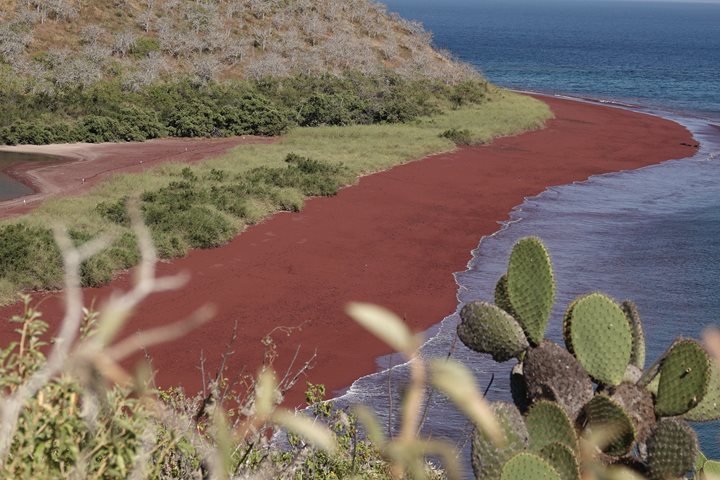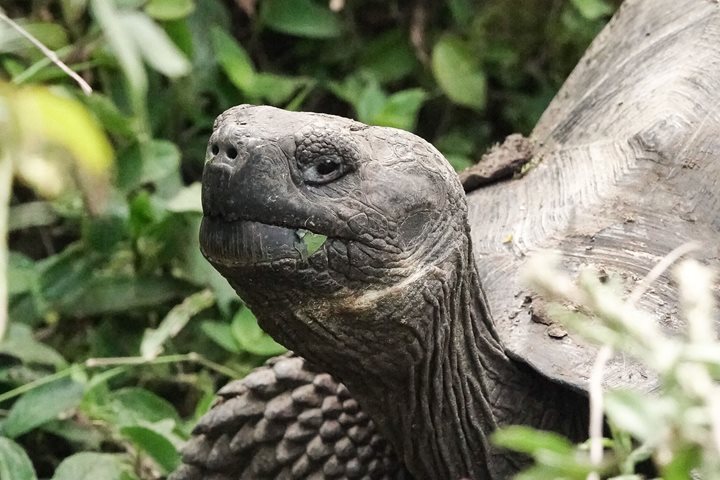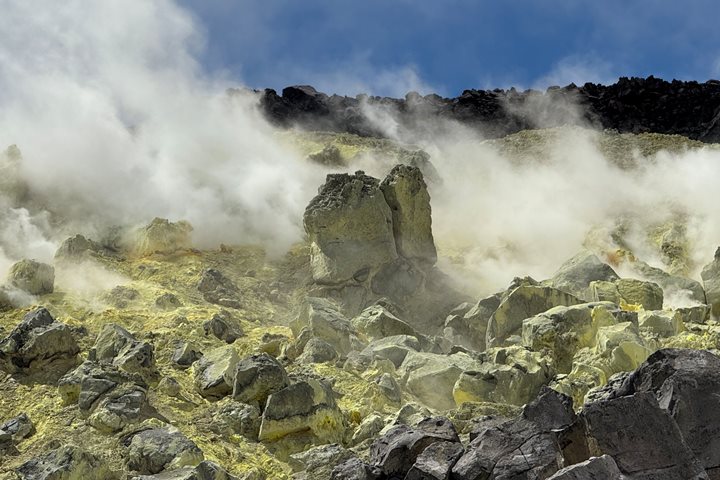On our first full day in Galapagos we went to San Cristobal Island, where we explored two different sites. In the morning we hiked to the top of Punta Pitt and looked for red-footed boobies, frigatebirds, pelicans, and some of the most impressive landscapes in the archipelago. Later in the morning we went snorkeling along an islet off the coast and had a great time playing with Galapagos sea lions and observing marine life all over the area. In the afternoon we went to Cerro Brujo and enjoyed playing in the waves and taking a stroll along the coast.
- Daily Expedition Reports
- 30 Mar 2025
Punta Pitt and Cerro Brujo, San Cristobal Island, 3/30/2025, National Geographic Delfina
- Aboard the National Geographic Delfina
- Galápagos
Gilda Gonzalez, Naturalist
Gilda was born in Ambato, located in the very heart of the Ecuadorian Andes. Since she was a child, she loved animals, often rescuing street cats and dogs. Her parents always made sure there were nature books and plenty of Jacques Cousteau’s videos a...
Read MoreShare Report
Galápagos by Catamaran: An Intimate Voyage
VIEW ITINERARYRelated Reports
6/26/2025
Read
National Geographic Delfina
Santa Cruz Island
Today we anchored in Academy Bay on Santa Cruz Island. During the first part of the morning, we went to Fausto Llerena Giant Tortoises Breeding Center. This is where some species of giant tortoises are bred in captivity. After walking through the center and observing young and adult tortoises, we enjoyed exploring the largest town in Galapagos. We had lunch at a charming local restaurant, and from there we went to the highlands where we had a great time observing wild giant tortoises in their natural habitat. This afternoon we found several tortoises feeding, while others were enjoying a great volcanic mud bath.
6/25/2025
Read
National Geographic Delfina
Isabela Island
We spent the entire morning and part of the afternoon exploring Sierra Negra, specifically the sulfur mine area in the southwestern corner inside the caldera. The caldera is considered one of the largest in the world. It was an adventurous ride up the flank of the volcano in a local chiva (open-sided bus used all over Ecuador in rural areas). Then we walked, one way two kilometers, which included a descent of 320 feet, then an ascent to the sulfur fumaroles of another 200 feet. On return, we did it all again!

